What Is the Difference Between the Goodtime Concert Scale Banjo Uke and the Goodtime Tenor Scale Banjo Uke?
A common question that we get regarding our banjo ukuleles is “since tenor uke and the concert uke are tuned the same, what is the difference?” The Goodtime concert banjo ukulele has a scale length of 14 ¾ inches. The three ply Maple rim is 11 inches in diameter. The Goodtime tenor banjo ukulele has a scale length of 17 inches and has a larger diameter three ply Maple rim of 12 inches.
Both the concert uke and the tenor uke have 17 frets. Both use Aquila super nylgut strings. Both are tuned G, C, E, A. (Listed from 4th to 1st string)
The Rim Size
 Many concert ukuleles have bodies that are 11 inches long. So using the 11 inch diameter three ply Maple rim is a very natural adaptation for the concert ukulele banjo. Tenor ukuleles not only have longer scale length than a concert ukulele but the body of the tenor is usually larger than the body of the concert ukulele. Generally speaking, an 11 inch diameter head vibrates at a higher frequency than a wider 12 inch diameter head. So the 11 inch diameter ukulele banjo sounds brighter than the 12 inch tenor banjo ukulele.
Many concert ukuleles have bodies that are 11 inches long. So using the 11 inch diameter three ply Maple rim is a very natural adaptation for the concert ukulele banjo. Tenor ukuleles not only have longer scale length than a concert ukulele but the body of the tenor is usually larger than the body of the concert ukulele. Generally speaking, an 11 inch diameter head vibrates at a higher frequency than a wider 12 inch diameter head. So the 11 inch diameter ukulele banjo sounds brighter than the 12 inch tenor banjo ukulele.
The 12 inch diameter head vibrates at a lower frequency than the 11 inch and so the 12 inch diameter tenor banjo ukulele has a little more warmth to the sound.
The Scale Length
The concert scale length, being shorter, makes the strings feel a little stiffer or tighter, both for the fretting hand as well as for the strumming hand. The tenor scale length, because the strings are stretched over a longer distance but tuned to the same notes feel softer both under the fretting fingers and the strumming fingers.
The tighter string tension of the concert scale also contributes to some of the “popping sharpness” that is so characteristically banjo in the concert banjo ukulele. The slightly softer string tension of the tenor banjo uke contributes to more of the “gentle sweetness” that is reminiscent of a wood bodied ukulele.
For some players the shorter scale of the concert banjo uke is very comfortable because the frets are closer together than on the longer tenor scale. And conversely, the more widely spaced longer tenor scale is more comfortable for some players who like or need more room to finger chords.
It’s Not Either Or
Aside from ergonomic preferences, the concert ukulele banjo and the tenor ukulele banjo are two uniquely different instruments.
To say that one is “better” than the other is similar to saying a viola is better than a violin or a banjo is better than a guitar. The unique character of each instrument has its own wonderful benefits.
For the ukulele player who loves the banjo sound and would like to capture as much of that as possible using ukulele tuning and the familiar ukulele chords, concert banjo ukulele would work quite well.
For the ukulele player who also loves the banjo sound but possibly wants an instrument that retains some of the warmth and fullness of a wood bodied ukulele, the tenor banjo ukulele is the perfect choice. Therefore, these two banjo ukuleles should be considered not as one or the other but as two different instruments both of which have wonderful benefits unique to themselves.
Try Both the Tenor Uke and the Concert Uke
Okay, I can hear it now “yeah Barry, you’re just trying to sell us two instruments instead of one!”
While that thought did cross my mind… I think it’s wisest to apply the right tool for the job. It’s not uncommon for ukulele players, banjo players and definitely guitar players to have several instruments that they use for very specific purposes.
For example: if I was playing in a ukulele group and I wanted a banjo ukulele that would give me a little more “traditional kind of banjo sound” I might choose the concert ukulele banjo.
If I was performing solo and needed as much support to my voice as possible, I might choose the tenor banjo ukulele. But ideally, if I owned both, I would have the ideal banjo ukulele for any application.
This is true of all instruments and not just banjo ukuleles. If you are limited by budget to only one, then try them both and determine which one would fit the majority of your needs.
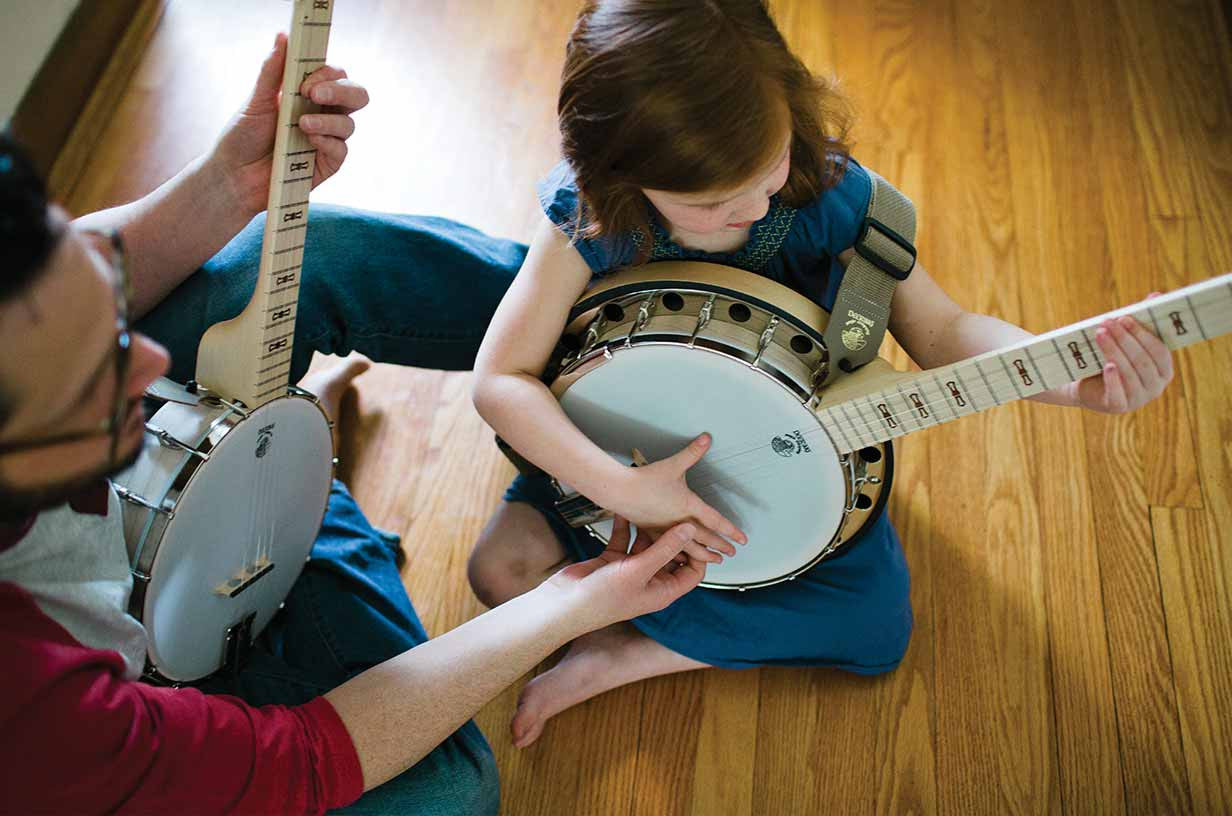
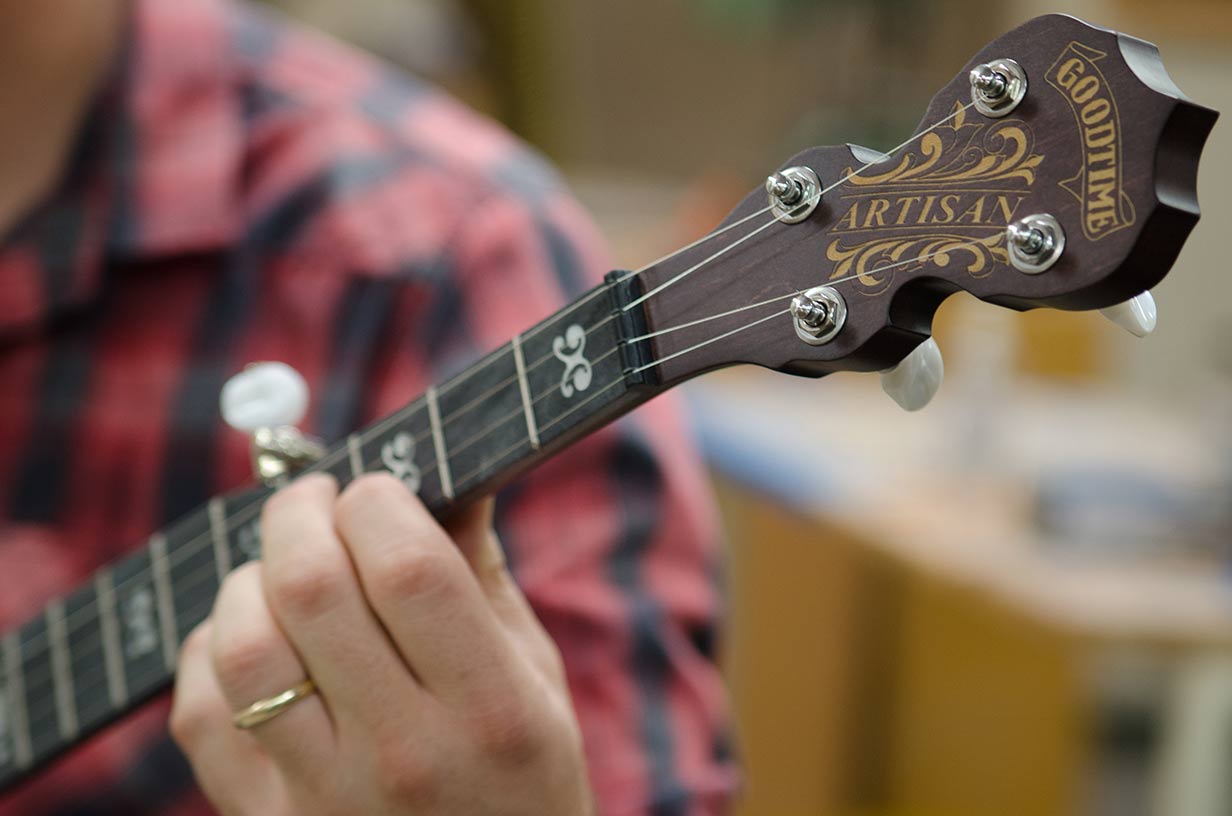
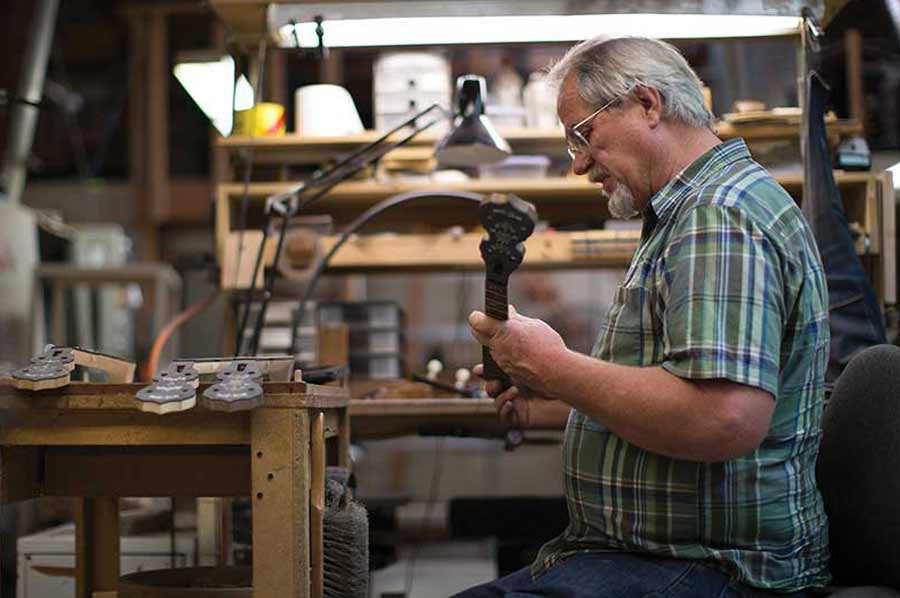
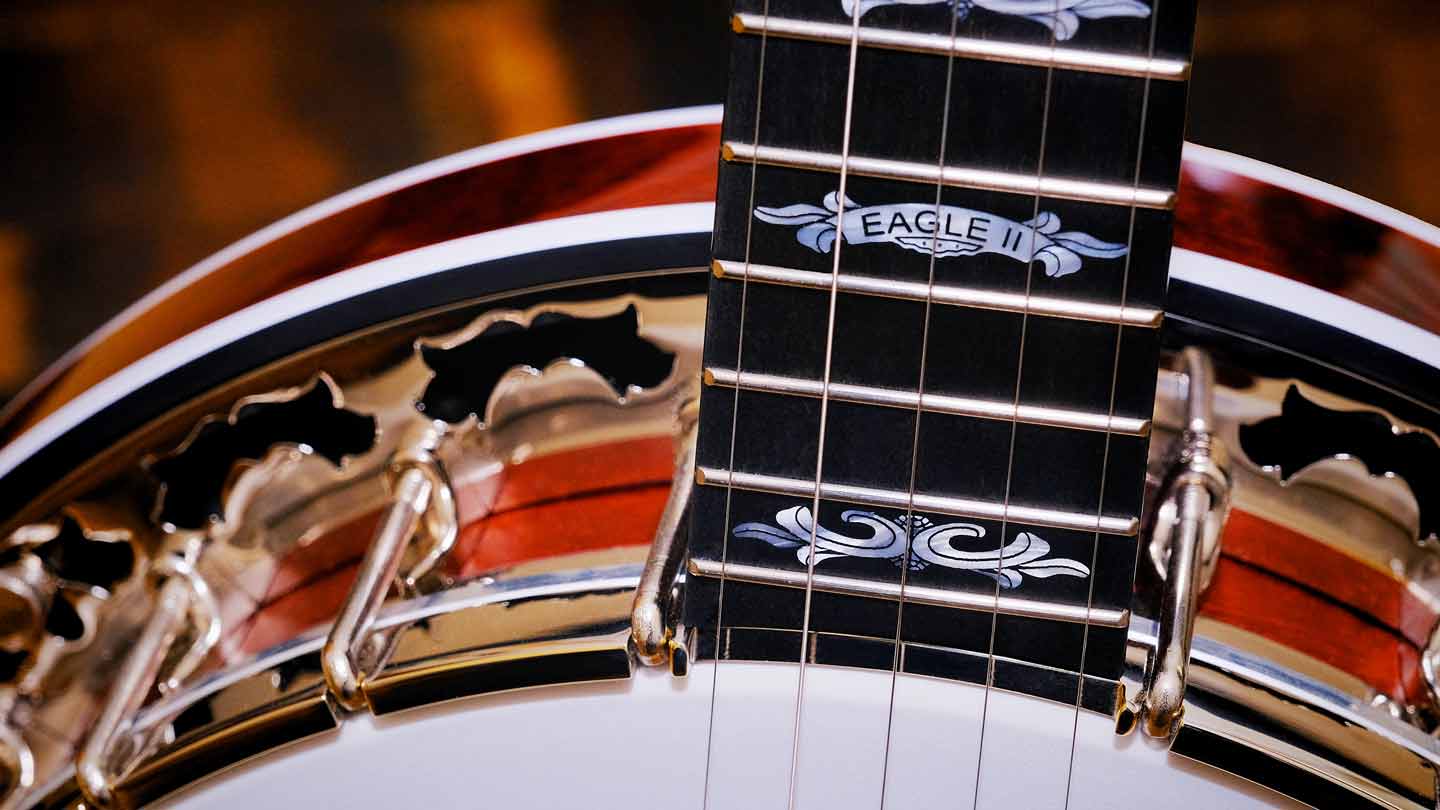
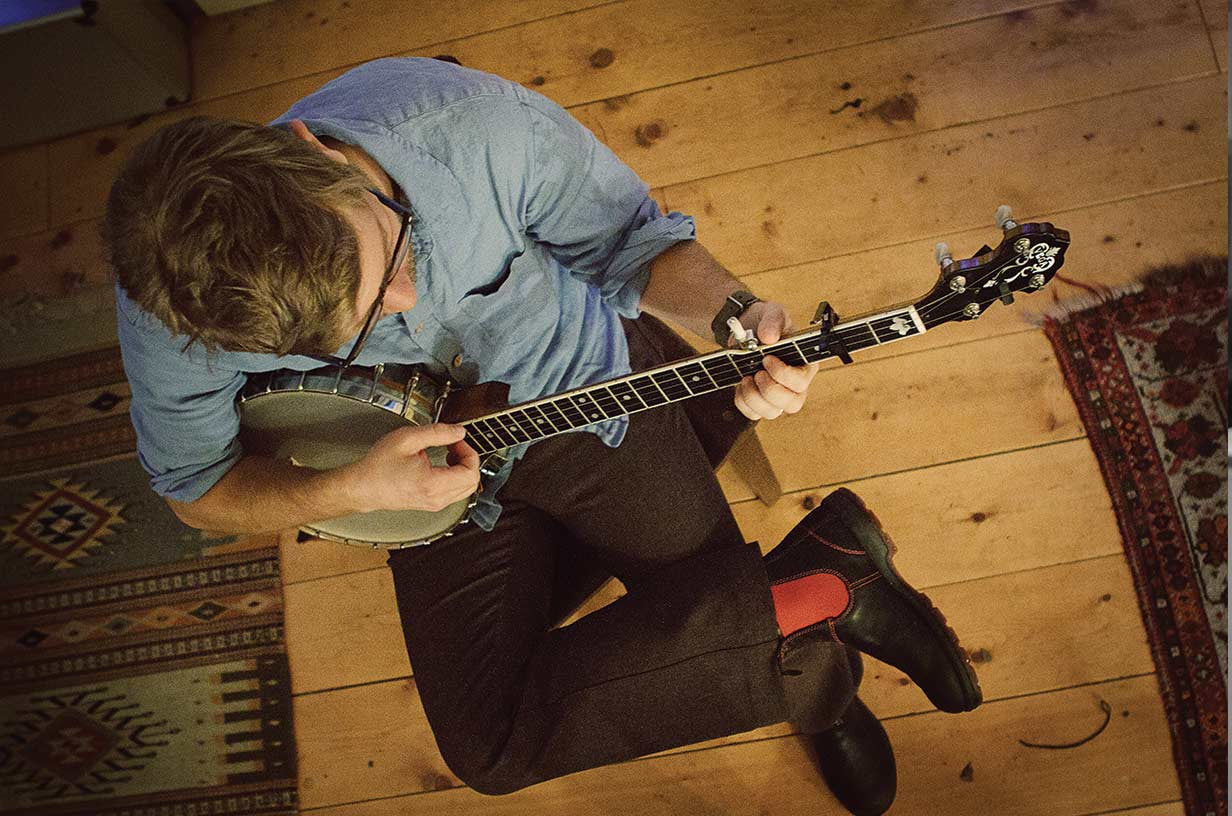
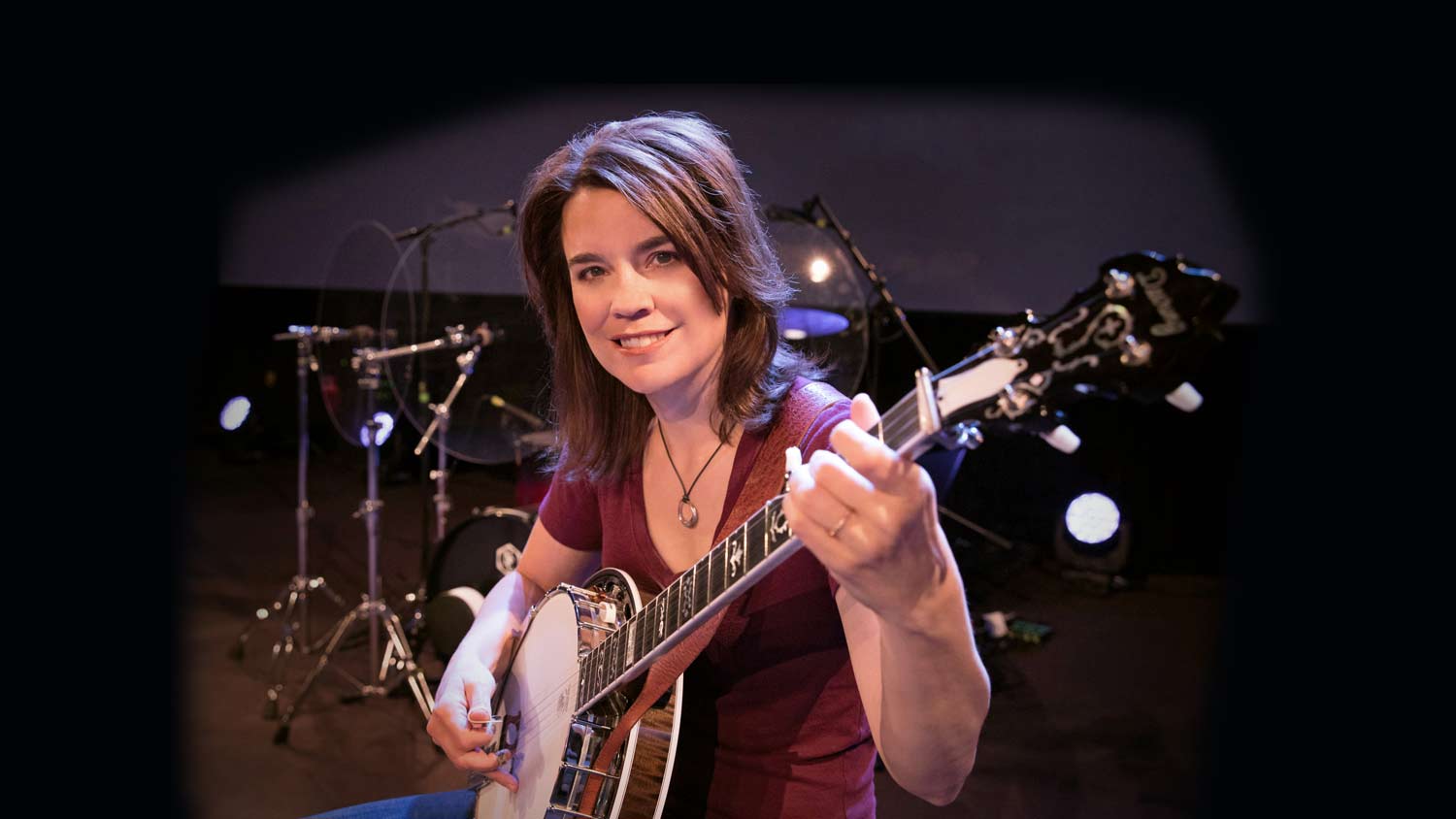
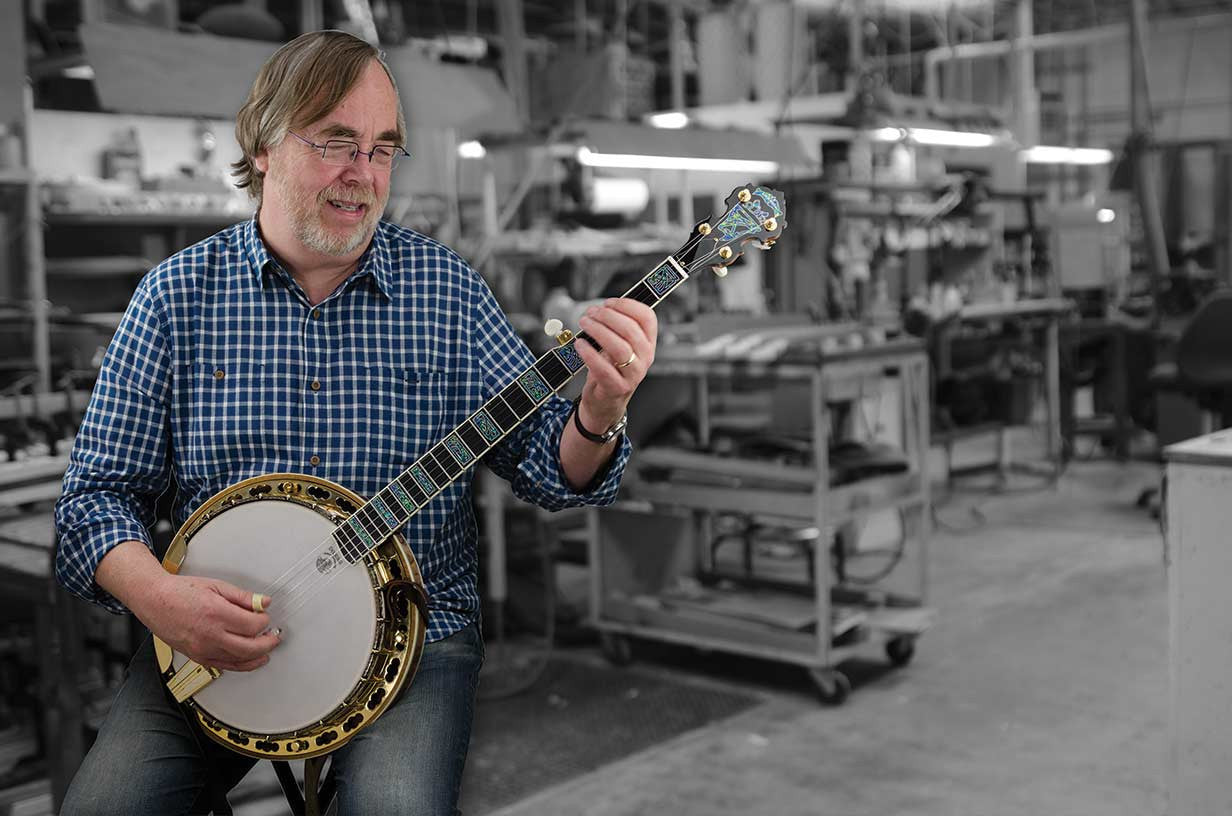
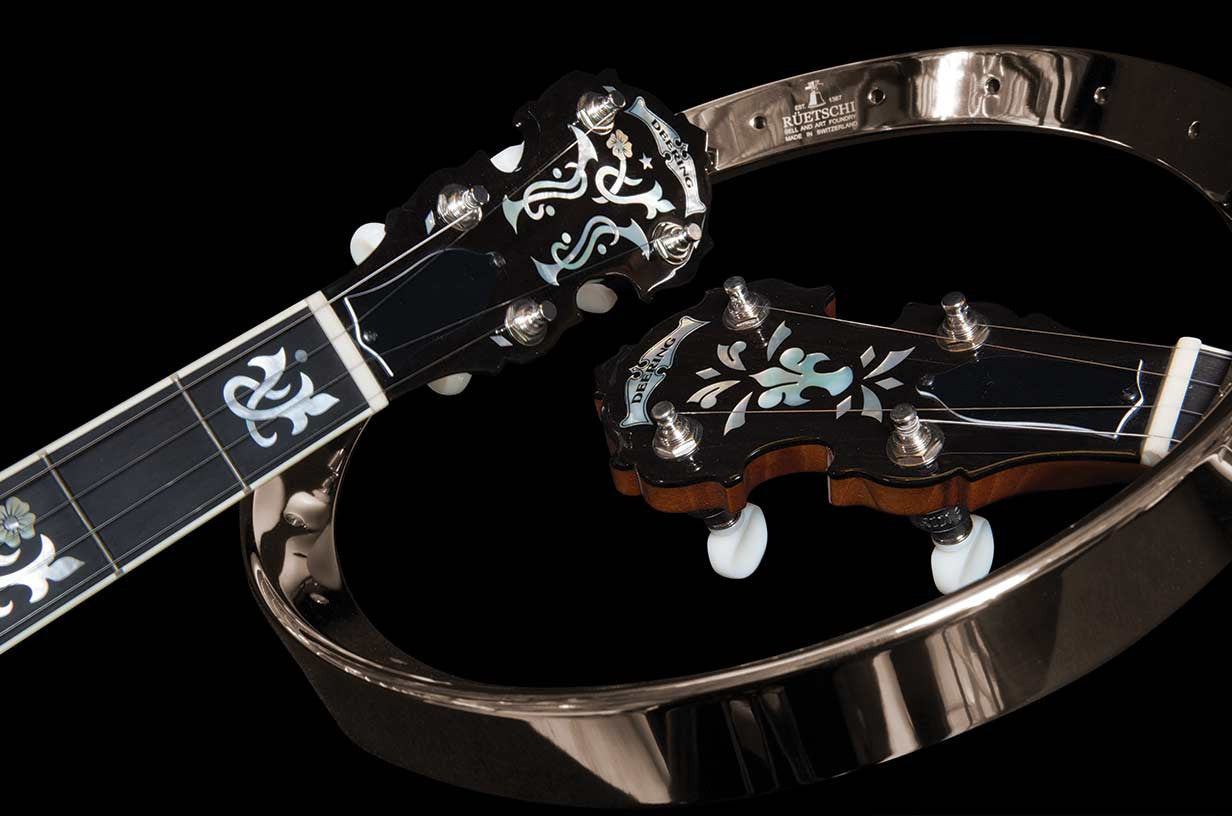
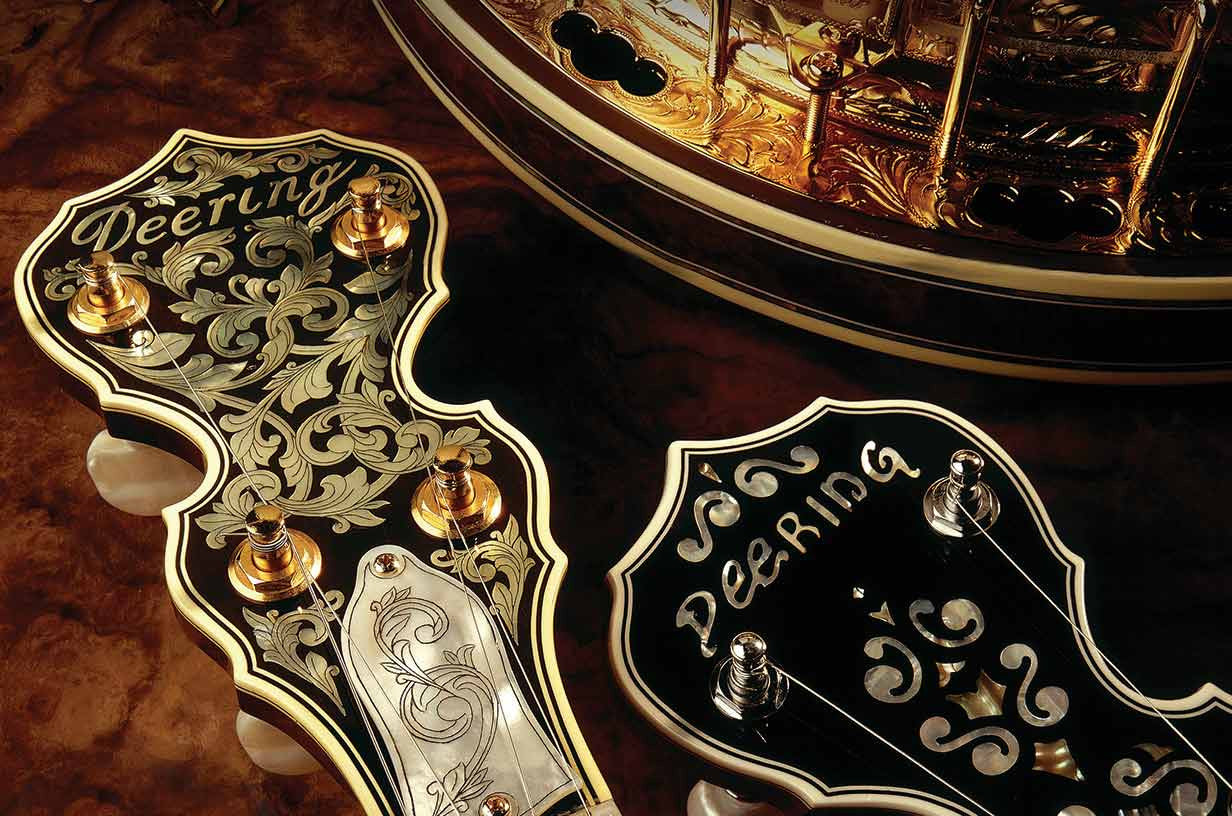



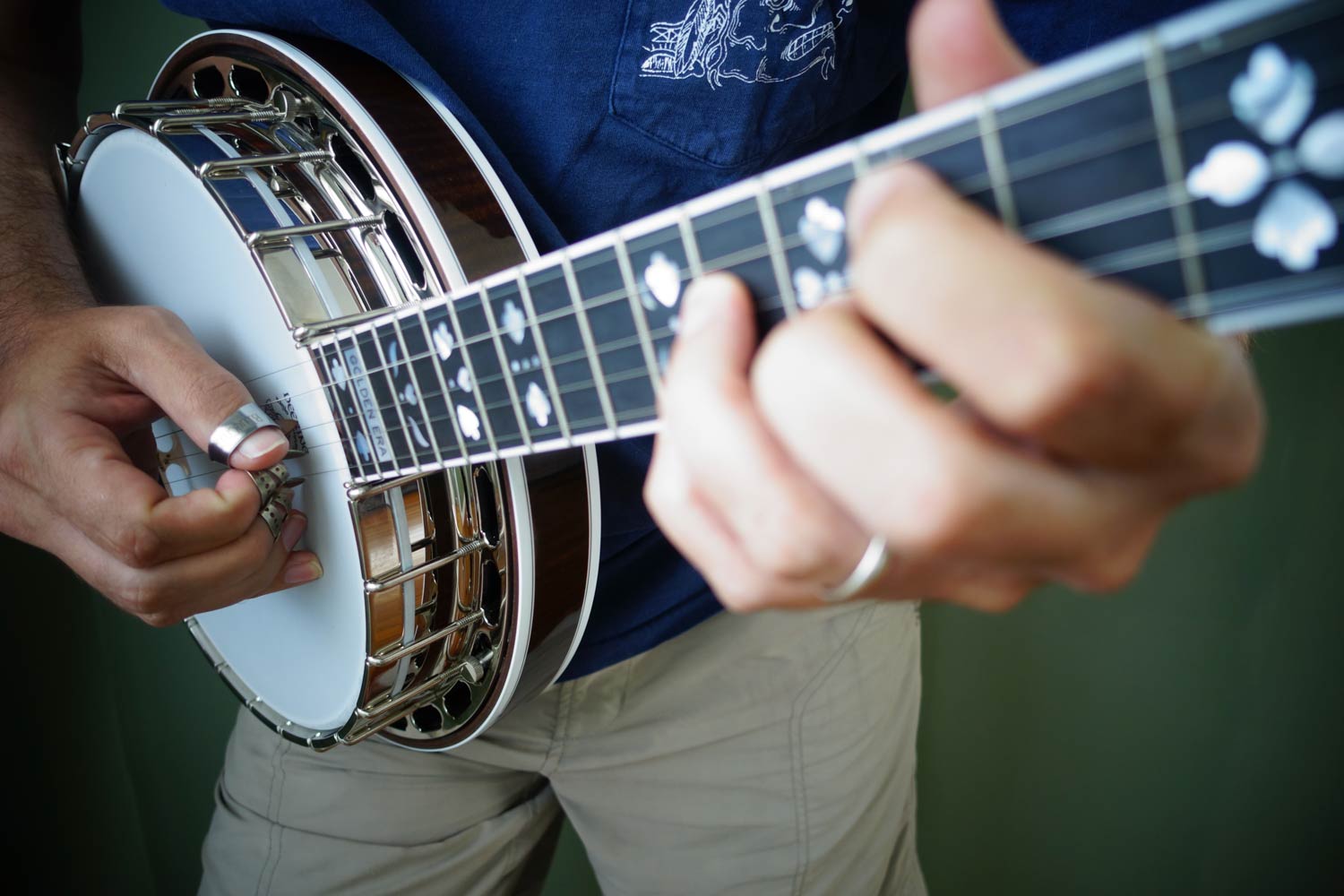
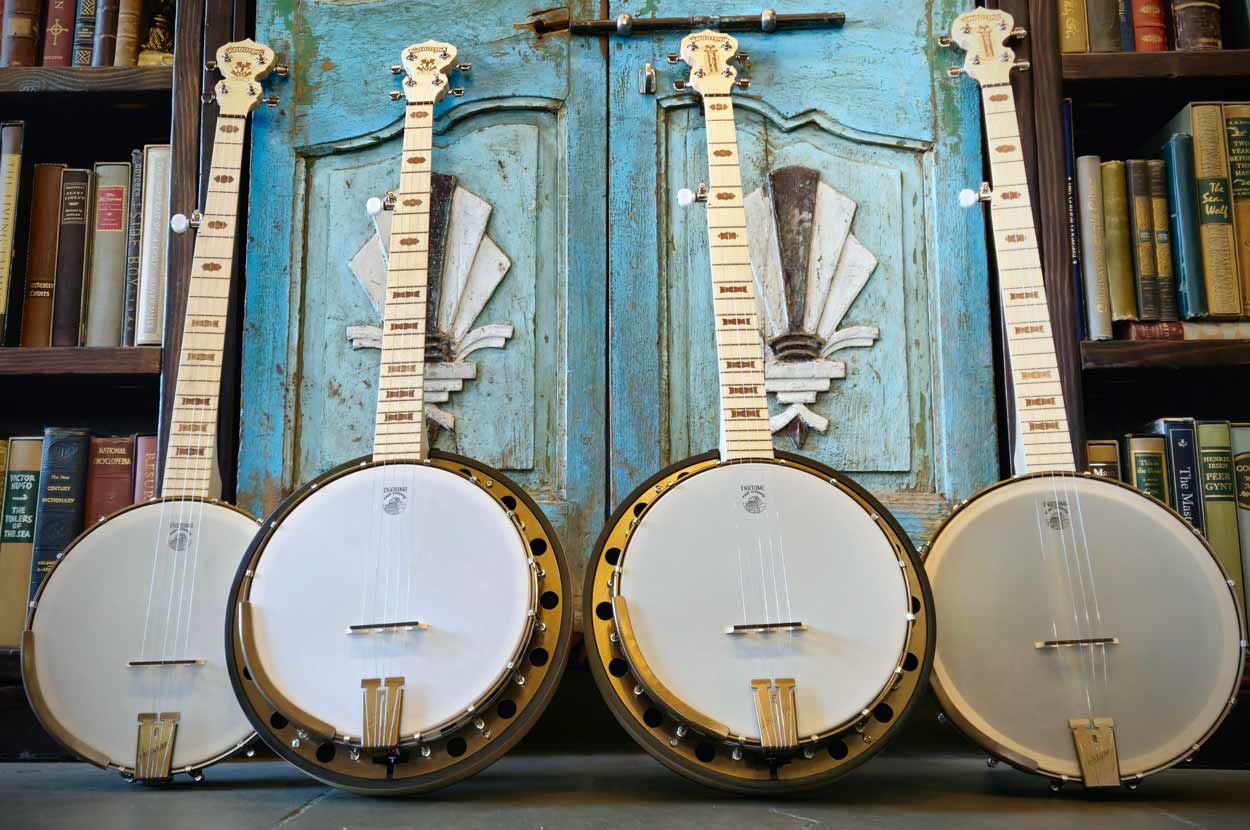
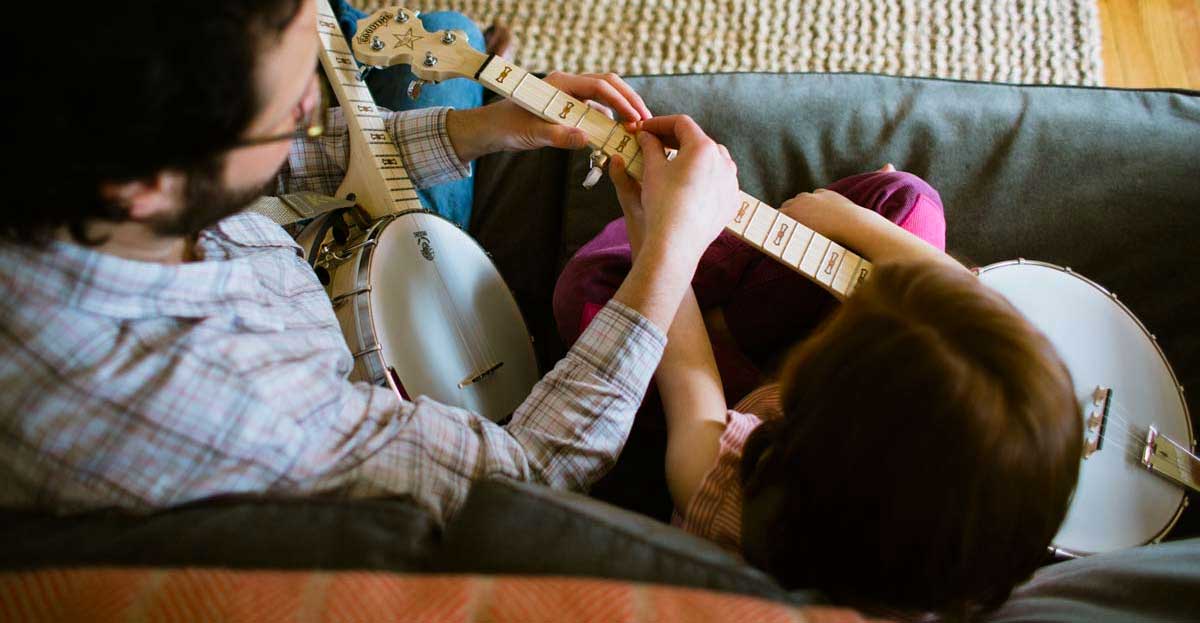
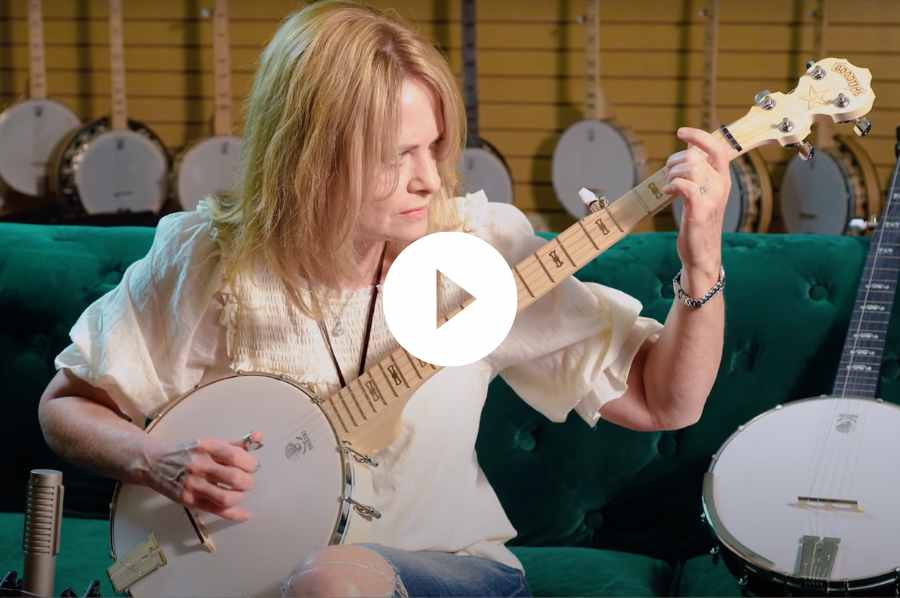
Leave a comment